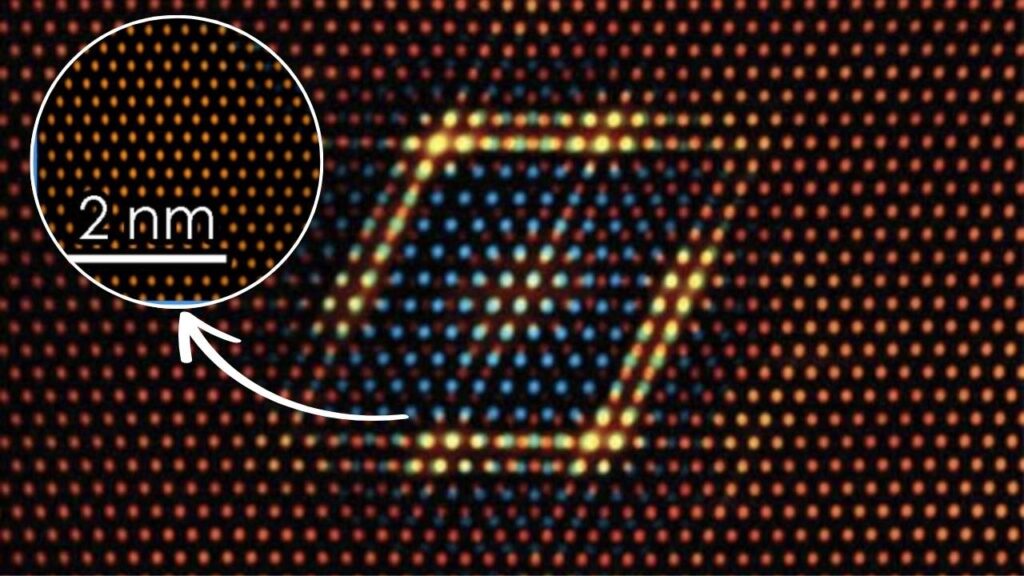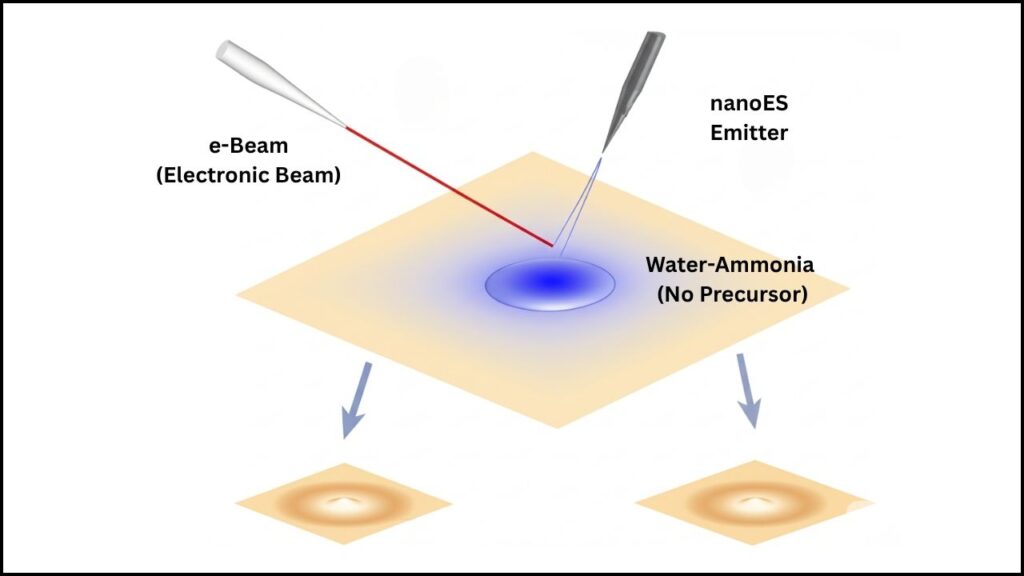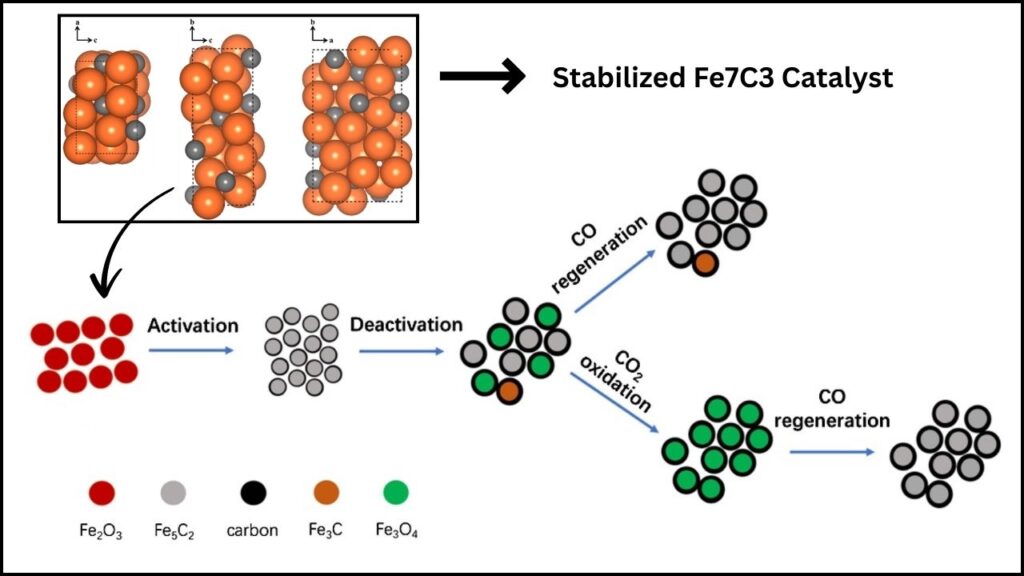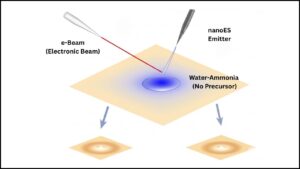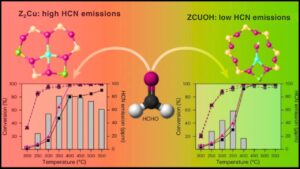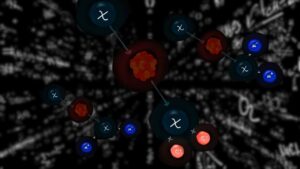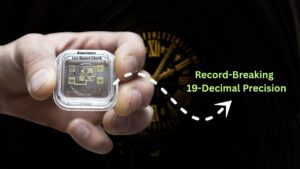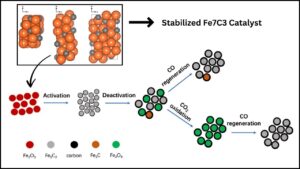Antiferromagnetic Tunnel Junctions (AFMTJs) are poised to revolutionize the world of spintronics, potentially powering the next generation of ultra-fast, ultra-efficient electronic devices. Spintronics is a cutting-edge technology that leverages the spin of electrons, not just their electric charge, for data storage and information processing. AFMTJs specifically use antiferromagnetic materials, a special type of magnetic material with fascinating properties. This emerging technology promises devices that are faster, more energy-efficient, and capable of storing more data than current technologies.
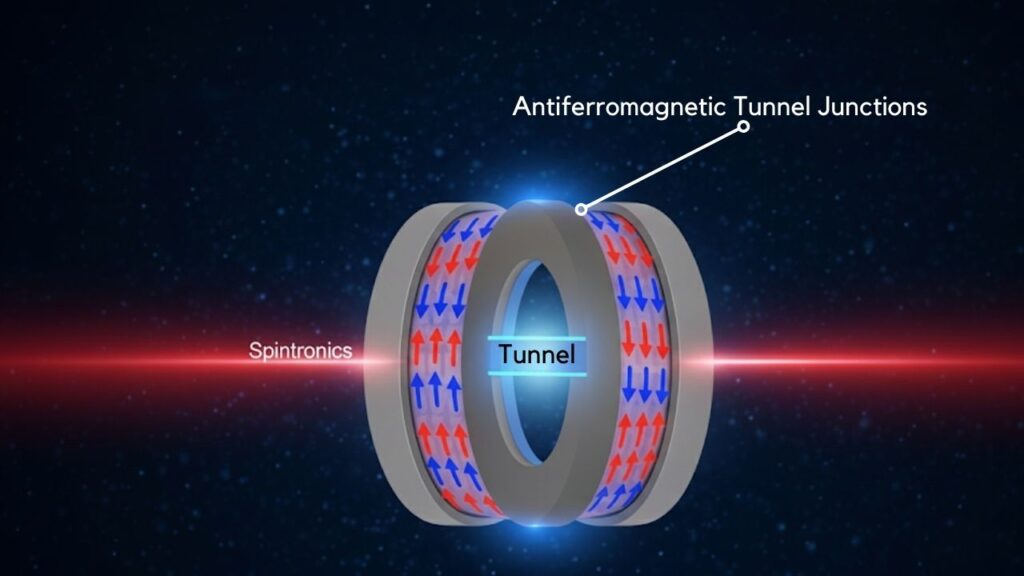
In this article, readers will gain an easy-to-understand yet comprehensive overview of AFMTJs, touching on what they are, how they work, and why they could be game changers for everything from computing to memory storage. Whether new to the topic or a tech professional, this guide will break down the key concepts, the science behind AFMTJs, current research, practical applications, and answers to frequently asked questions.
Table of Contents
Antiferromagnetic Tunnel Junctions
| Feature | Details |
|---|---|
| Core Concept | Use of antiferromagnetic materials in tunnel junctions to control electron spin for data storage |
| Advantages Over Ferromagnets | No stray magnetic fields, ultrafast switching (orders faster), higher data density |
| Key Functionality | Tunneling Magnetoresistance (TMR) and Spin-Transfer Torque (STT) for data reading & writing |
| Switching Speed | Much faster than traditional magnetic memory devices, potential for ultrafast electronics |
| Energy Efficiency | Lower power consumption due to lack of stray magnetic fields and smaller device sizes |
| Material Compatibility | Can integrate with silicon technology via sputter deposition |
| Research Status | Recent progress in experiments and theory; potential for commercial applications soon |
| Official Resource | npj Spintronics – DOI:10.1038/s44306-024-00014-7 |
Antiferromagnetic Tunnel Junctions offer an exciting pathway to power the next generation of spintronic devices. With their ultra-fast switching speeds, energy efficiency, and scalability, AFMTJs promise to overcome many of the limitations of current memory and computing technologies. By harnessing the unique properties of antiferromagnetic materials, this innovation could lead to faster, more reliable, and more densely packed electronic devices, transforming how information is stored and processed in the future.
What Are Antiferromagnetic Tunnel Junctions?
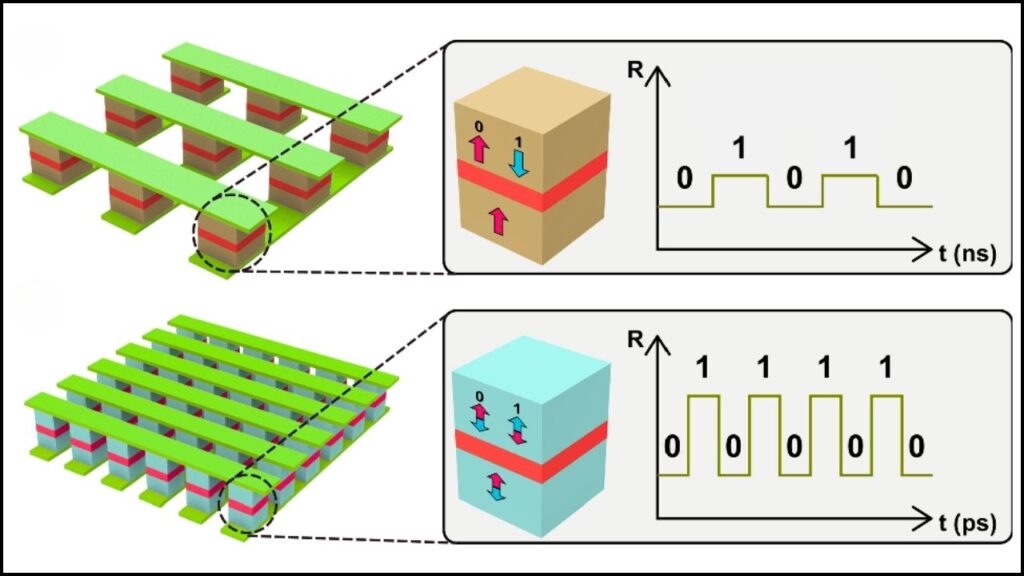
Understanding Spintronics
Before diving into AFMTJs, it’s important to understand spintronics itself, sometimes called “spin electronics.” Classic electronics rely on an electron’s charge to switch devices on or off. Spintronics, however, exploits an intrinsic property of electrons called “spin.” Think of spin as a tiny compass needle inside each electron that points either up or down.
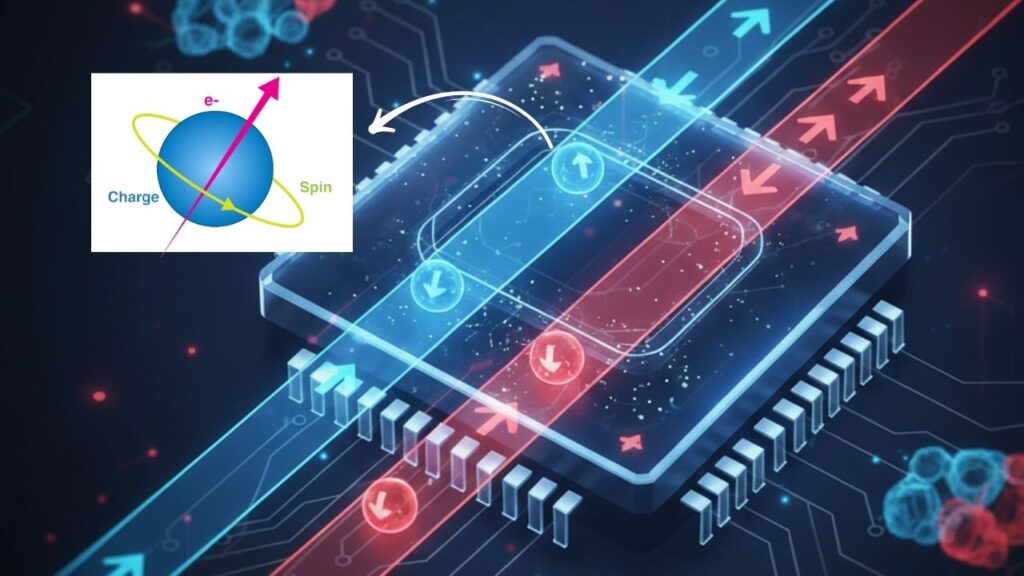
The spin state can represent data bits—like the on/off of a light switch but with added capabilities. By using spin instead of or alongside charge, devices can be made faster, smaller, and more energy-efficient because spin manipulation often requires less power.
Antiferromagnets Versus Ferromagnets
Most current spintronic devices, such as magnetic random access memory (MRAM), are built using ferromagnetic materials. These materials have magnetic moments aligned in the same direction, which creates a net magnetization. While effective, ferromagnets also generate stray magnetic fields that can interfere with nearby electronics and limit how small devices can be made.
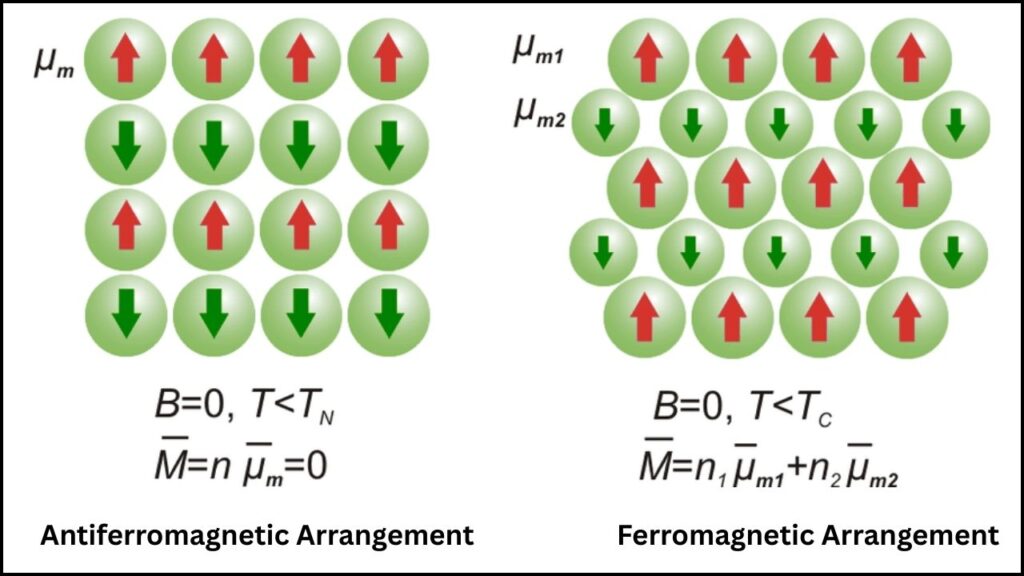
In contrast, antiferromagnetic materials have magnetic moments that point in opposite directions, canceling each other out. This means they have no net external magnetic field, allowing devices to be packed more densely without interference. Moreover, antiferromagnets exhibit much faster magnetic dynamics, allowing information to be switched faster, in the order of picoseconds.
What Is a Tunnel Junction?
A tunnel junction consists of two magnetic layers separated by a thin insulating barrier. Electrons can “tunnel” quantum mechanically through this barrier, and the resistance to tunneling depends on the relative orientation of the magnetic layers. This change in resistance is called tunneling magnetoresistance (TMR), and it forms the basis for reading data in spintronic devices.
The Innovation: AFMTJs
AFMTJs replace the ferromagnetic layers with antiferromagnetic layers. The layers’ magnetic order is described by the Néel vector, which represents how the opposite magnetic moments are oriented. The electrical resistance of an AFMTJ depends on whether the Néel vectors in the two antiferromagnetic layers are aligned parallel or antiparallel.
Researchers have recently shown that AFMTJs can achieve a large TMR effect, provide electrically controllable switching of the Néel vector, and do so at much faster speeds than ferromagnetic tunnel junctions. This is a significant breakthrough because it was previously challenging to electrically control and detect the Néel vector in antiferromagnets.
Why Are AFMTJs Important for Next-Gen Spintronics?
Speed and Stability
One of the key advantages of AFMTJs is their ultrafast switching speed. Antiferromagnetic materials can switch their magnetic order millions of times faster than ferromagnets, potentially enabling spintronic devices that operate at terahertz frequencies.
They are also robust against magnetic noise, temperature changes, and external magnetic fields. Because antiferromagnets don’t produce stray fields, AFMTJs avoid magnetic interference, allowing for denser integration.
Energy Efficiency
Using AFMTJs means less power is needed to switch bits and maintain data. This addresses a major challenge in modern electronics — reducing energy consumption while increasing processing speed and capacity.
Higher Data Density
Since AFMTJs don’t create stray fields, devices can be packed closer together without risk of magnetic interaction, meaning higher data storage density in memory chips. This is ideal for advancing technologies like artificial intelligence and big data processing, which demand large-scale, fast memory.
How Do AFMTJs Work? Step-By-Step Guide
1. Layer Structure
An AFMTJ typically consists of two antiferromagnetic electrodes separated by a thin insulating barrier, such as magnesium oxide (MgO). This sandwich-like structure allows electrons to tunnel through the barrier.
2. Néel Vector Alignment
The Néel vectors in the two antiferromagnetic layers can be switched electrically between parallel and antiparallel alignments. This switching changes the tunneling probability for electrons.
3. Tunneling Magnetoresistance (TMR)
When the Néel vectors are aligned parallel, the tunneling resistance is low; when antiparallel, the resistance is high. This variable resistance can be read electrically and represents the stored data — similar to 0s and 1s in digital logic.
4. Reading and Writing Data
- Reading: A small voltage is applied, and the resistance is measured. Low resistance indicates one state; high resistance indicates the other.
- Writing: Current-induced spin torques switch the alignment of the Néel vectors electrically, flipping the data bit at extremely high speeds.
5. Advantages Over Conventional MTJs
Conventional magnetic tunnel junctions (MTJs) use ferromagnets, which suffer from slower speeds and magnetic interference. AFMTJs operate faster and with more stability due to the intrinsic properties of antiferromagnets.
Current Research and Future Outlook
Recent studies have demonstrated room-temperature TMR effects in AFMTJs, which is crucial for practical applications. Researchers have also developed AFMTJs on silicon substrates compatible with existing semiconductor manufacturing techniques, paving the way for scalable commercial devices.
Experimental data show TMR ratios comparable to or exceeding those of ferromagnetic MTJs, combined with faster switching and no stray magnetic fields. Theoretical models reveal that interface effects further enhance spin polarization, making AFMTJs highly efficient.
Industry experts believe AFMTJs will lead to breakthroughs in memory storage, ultra-fast processors, and even quantum computing components due to their unique spin properties.
Massive Research Magnets Are on the Move for Groundbreaking Experiments
Magnetic Breakthrough: Scientists Watch Skyrmion Lattices Melt in Real Time
MIT Just Found a Superconductor That’s Also Magnetic — Physics Textbooks May Need a Rewrite
FAQs About Antiferromagnetic Tunnel Junctions
Q: What makes antiferromagnets better than ferromagnets for tunnel junctions?
A: Antiferromagnets have no net magnetic field, allowing for denser device packing and faster switching speeds without interference, unlike ferromagnets which create stray fields.
Q: How fast can AFMTJs switch compared to current memory technologies?
A: They can switch orders of magnitude faster, potentially reaching speeds in the terahertz range (millions of times faster than today’s MRAM).
Q: Are AFMTJs compatible with current semiconductor manufacturing?
A: Recent advances have shown AFMTJs can be fabricated on silicon using sputter deposition, making them compatible with existing manufacturing processes.
Q: What applications will benefit most from AFMTJs?
A: High-speed computing, large-scale memory storage, artificial intelligence hardware, quantum computing components, and energy-efficient electronics.
Q: Is the technology ready for commercial use?
A: While not yet mainstream, recent experimental and theoretical progress suggests that commercial applications could emerge within the next few years.
